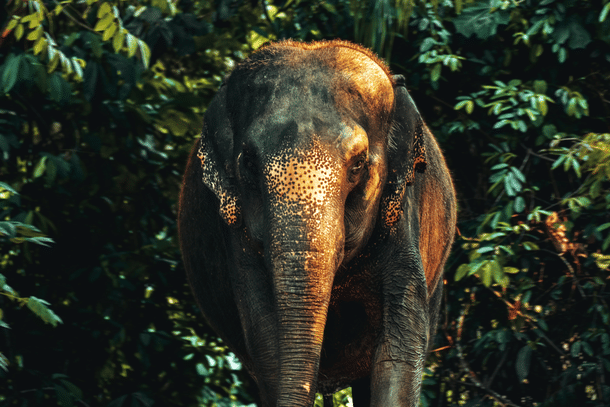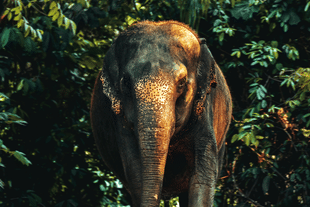Science
Sharp Jump In Human Kills By Elephants In Odisha: Wildlife Society Of Odisha
Arun Kumar Das
Jul 02, 2023, 04:07 PM | Updated 04:07 PM IST
Save & read from anywhere!
Bookmark stories for easy access on any device or the Swarajya app.


Odisha has witnessed a record number of human killings by elephants during the April-June period this year, 26 per cent more than the corresponding period for the last nine years.
Fifty-seven human kills were reported this quarter (April-June, 2023), including 14 in mango orchards, three in cashew plantations, seven when people went out to relieve themselves, seven during village raids, three during crop raids, and eight when people ventured into forests to collect firewood, kendu and sal leaves, mahua fruits, mushrooms, and so on, according to a Wildlife Society of Odisha report.
Among the most conflict-prone elephant-bearing districts, Dhenkanal witnessed 14 human kills, followed by Angul (13), Keonjhar (eight), Mayurbhanj (five), Sambalpur (five), Sundargarh (two), and Cuttack (2).
Of the 13 human kills in Angul district, villagers in Bantala Forest range faced the wrath of elephants the most in the three months, recording 12 encounters in which nine were killed and five were injured.
The sharp rise suggests that this year the number of human kills could end up significantly more than the 146 human kills of last year.
Incidentally, this quarter also happens to have recorded the highest-ever human kills in any quarter in the last few years.
Odisha happens to have the dubious record of more human kills among all other states despite an elephant population of 1,976 compared to Karnataka's 6,049, Assam's 5,719, Kerala's 3,054, and Tamil Nadu's 2,761, as per the last national-level census carried out in August 2017.
As per a Ministry of Environment and Forest statement during the first Parliament session of 2022, in the three years from 2019-20 to 2021-22, 1,579 humans were killed, and Odisha topped with 322 human kills followed by Jharkhand (291), West Bengal (240), Assam (229), Chattisgarh (183), and Tamil Nadu (152).
The first quarter of each fiscal year — April, May, and June — happens to be the three months when human-elephant encounters are at their peak. Most human kills happen during this quarter in most of the years.
Apart from farmland and village raids by elephants, which happen all through the year, this quarter the encounters go up sharply as humans and elephants vie for the same fruits like mango, bael, and jackfruit, which ripen around human habitation and inside forests too.
The April, May, and June quarter of this year, compared to the last nine years, has seen a 26 per cent rise in the number of human-elephant encounters, which resulted in more human kills and injuries than ever before, according to the report compiled by WSO.
The report stated that there is a rise of 50 per cent in human kill cases as compared to the last year in Odisha.
Biswajit Mohanty of WSO said, "Despite crores of rupees paid to outside state consultants by the Forest Department during the last seven years for mitigation of conflict there is zero improvement."
The escalating figures each year also indicate that elephants are straying out of their habitats more often due to the huge disturbance caused by quarries and crushers and the night movement of trucks and tractors.
There is also a lack of adequate forest fodder and a marked shift towards consumption of farms crops and food grains stored inside villages.
Palm fruits, which are their prime source of food during June and July, have become scarce due to massive felling of palm trees for inter-state trade to Tamil Nadu.
Dhenkanal, Angul, Deogarh districts have lost thousands of palm trees since the last three years as organised timber traders camp there and decimate the trees.
Apparently, elephants from the Satkosia Sanctuary, which borders the range, have begun to spend more and more time outside their habitat.
Dhenkanal has recorded a tenfold jump in the diversion of elephant habitat for black and laterite stone quarries, stone crushers, and steel/power plants between 2011 and 2021.
The WSO has demanded that such quarries should be shut down to address the raging conflict between humans and elephants in the state.





